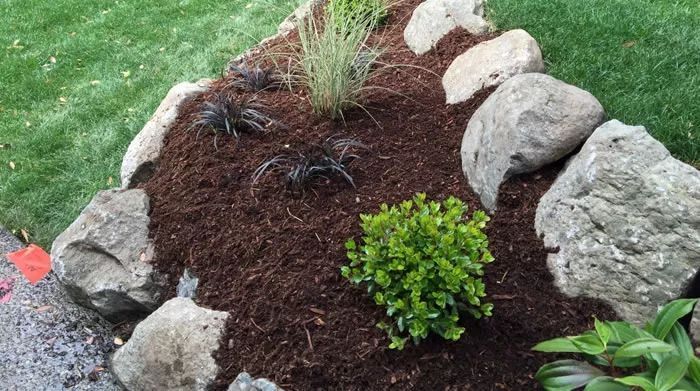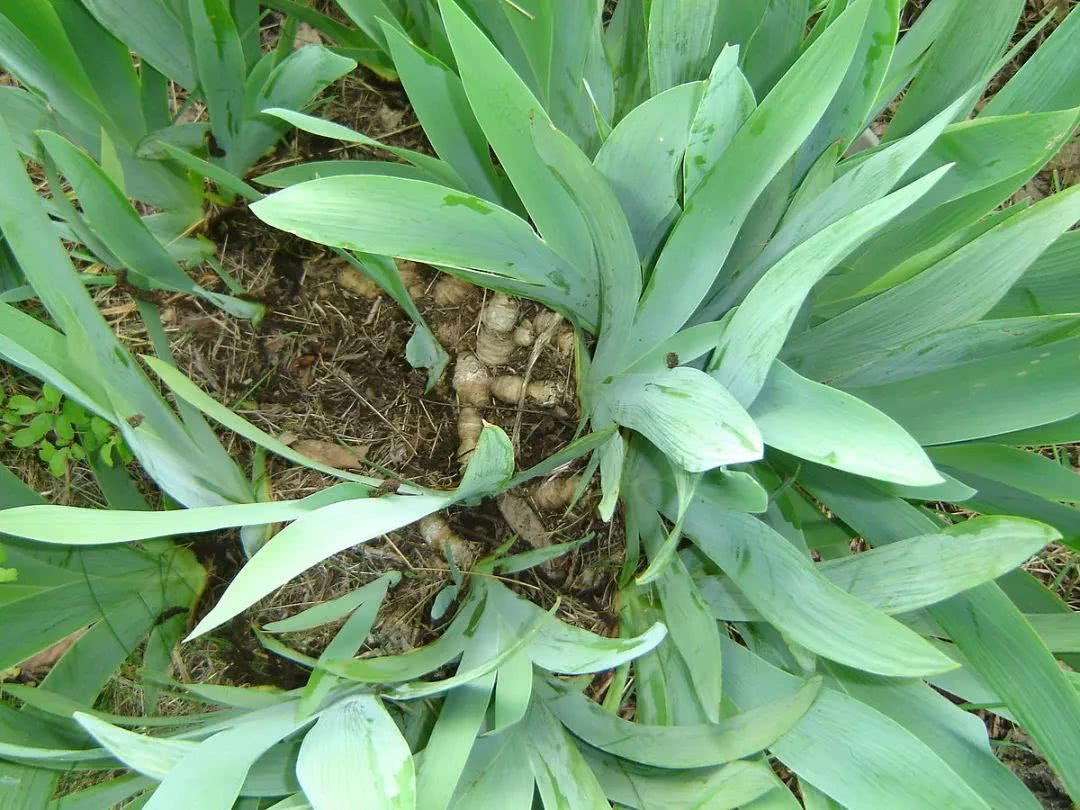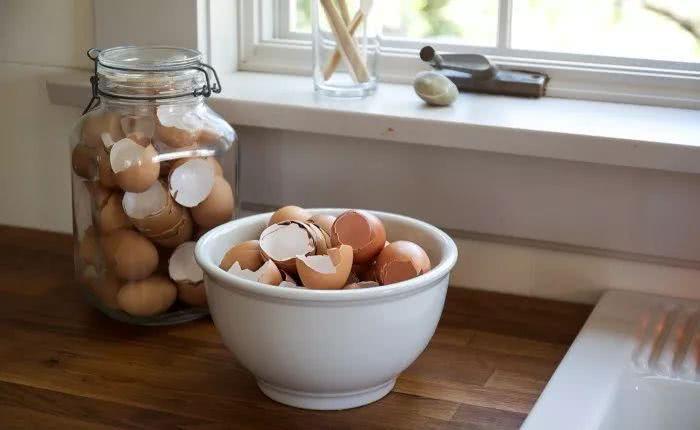The advantages of planting flowers in the yard covered with a layer of material, these things are very easy to use.

Covering some fallen leaves on plants and flowers is not necessarily good, it may be infected with fungal diseases. Now I will introduce to him the benefits of covering some materials on plants, and of course, we should also pay attention to the correct use skills.
Adding some mulch to plants and flowers can improve its ornamental, avoid the growth of weeds, help to keep the soil cool and keep moisture in hot summer.
Of course, if your climate is humid and muggy in summer, avoid covering materials. Covering some materials at the bottom of the roots of plants and flowers can increase nutrients when the soil decomposes and provide plants with more nutritious soil.
Choose appropriate mulch on plants to avoid random use of mulch materials, preferably organic mulch materials, such as common fallen leaves, dried grass, shavings and bark, etc., these lighter mulches should be replaced at least once a year, if they can decompose quickly, they should be replaced regularly. If you are using sawdust, it should be replaced every 2-3 years.
But plants and flowers above the covering material, but also to choose the right time. Summer is not the right time, on the contrary, spring and winter are more suitable, the winter temperature is relatively low, properly cover some materials on the soil, can keep warm and moisturizing, help to avoid frostbite at the bottom of the plant rhizome, help to restore growth after spring warmth.
The mulch chosen above the plant should cover a reasonable height, and the thickness of the mulch should be about 5 centimeters. if the mulch is less than 5 centimeters, it is difficult to prevent weeds from growing. Of course, the thickness should not exceed 7 centimeters, otherwise it will affect the growth of plants.
When arranging mulch, avoid putting it in an unreasonable position, so plants should keep reasonable spacing, avoid planting too densely, and choose reasonable mulch. The most common mistake people make is to pile the mulch around the rhizome of plants and flowers.
This has no effect on protecting plants, and it is easy to breed diseases and insect pests, and it is also easy to cause black rot or root rot.
Avoid stacking these mulch materials near the bottom of the plant's roots, place them around the plant, and pull the mulch away slightly to keep the air circulating around the plant's rhizome.
The mulch should avoid being buried in the roots of the plant. When laying the mulch, wear gardening gloves to avoid hurting your hands. If your soil is often very dry, water thoroughly before laying the mulch. If there are a lot of weeds on the ground, remove them in time to make the whole garden a little clean.
There are also some taboos in the use of mulch, which can not be used in hot and humid summers and in places where the environment is not ventilated.
- Prev

Perennial flowering plants can quickly grow a large area when propagated by ramets.
Perennial herbs should be divided every few years to avoid overcrowding and give plants more room to grow, so that plants can grow better and bloom better. The ideal time for ramet is in autumn.
- Next

Using eggshell to control plant and flower pests can control diseases and pests without drugs.
Using eggshell to control pests is a very cheap method, and it is also very easy to use. It can be used when growing flowers on the yard or balcony. The eggshell must be clean before use, and it should be scalded with boiling water or wind.
Related
- Wuhan Hospital Iron Tree Blooming Result Was Instantly Frightened by the Gardener Master
- Which variety of camellia is the most fragrant and best? Which one do you like best?
- What is the small blue coat, the breeding methods and matters needing attention of the succulent plant
- Dormancy time and maintenance management of succulent plants during dormancy
- Minas succulent how to raise, Minas succulent plant pictures
- What are the varieties of winter succulent plants
- How to raise succulent plants in twelve rolls? let's take a look at some experience of breeding twelve rolls.
- Attention should be paid to water control for succulent plants during dormant period (winter and summer)
- Watering experience of twelve rolls of succulent plants
- Techniques for fertilizing succulent plants. An article will let you know how to fertilize succulent plants.

